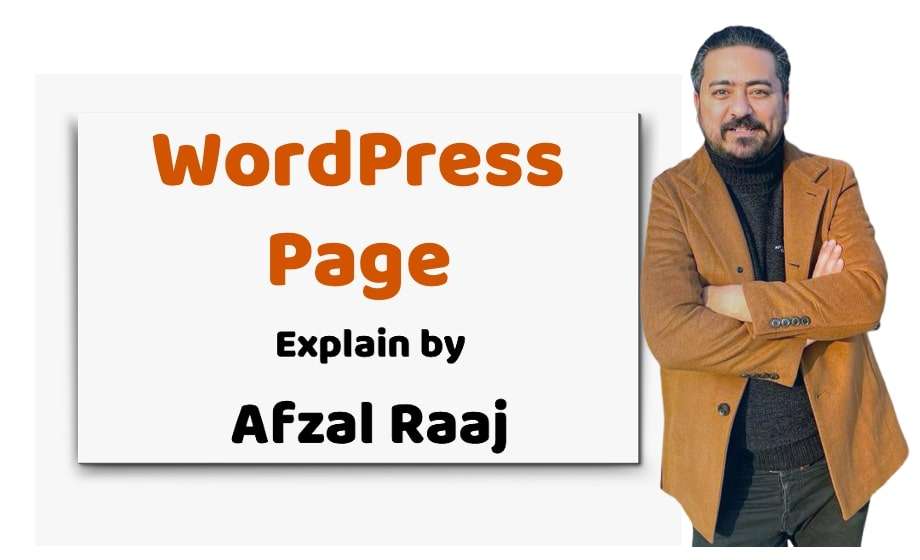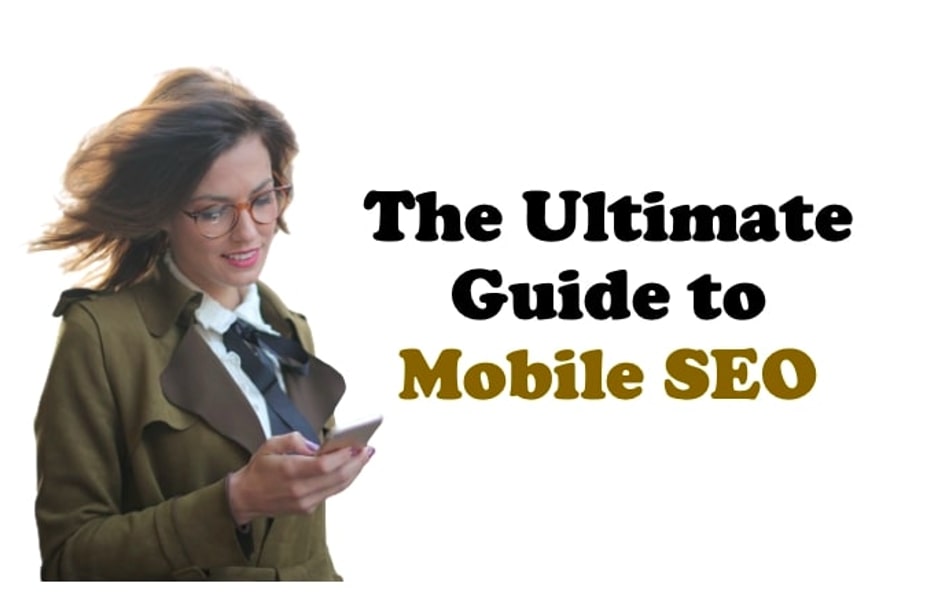A WordPress page can be thought of as the most basic type of post on the website. However, it can also be considered an individual article that resides within a blog or other type of site.
Pages are typically created when you need to have a specific piece of content that should not be published on your blog. For example, you might create a page called “About Us” with information about the company and its mission statement.
Pages can also be used as landing pages for specific projects or events the company is working on. Creating pages is a great way to organize content and make it easier for visitors to find what they are looking for on your website.
[lwptoc numeration=”none” title=”Quick Links”]
The Ultimate Guide to WordPress Page
WordPress is a popular web content management system. Individuals, businesses, and organizations use it to manage their content. WordPress allows creating and publishing of new content, including text posts or pages.
Purpose of WordPress Page
A WordPress page allows you to create a new page on your WordPress site. You can use this page to create any type of content you want.
1)- The WordPress page is for sticky content, which is the content you want to show on your home page.
2)-Pages are used for content that is not time-dependent and can be published anytime. They are a good way to publish content that doesn’t need to be updated often.
3)- They great way to organize your content is to divide the page into parent pages and subpages.
Example of WordPress Page
The below contents are usually displayed in page format:
- Home (Landing Page)
- About Us
- Contact Us
- Privacy Policy
- Terms and Conditions
- Pricing
- Why Us
- Package and Offers
- Disclosure Policy
- Legal Information
- Reprint Permissions
- Company Information
- FAQs

Managing Pages in WordPress
The following are some of the best practices for managing pages in WordPress.
A)- Add New Page
Adding pages in WordPress is a very simple process. It involves the following steps:
1)- Login to WordPress
2)- Use the Pages tab to add new pages to your site. These will be displayed in a list on the left-hand side of your screen.
3)- Scroll down and click on “Add New Page” or click on “Pages,” and you will find the option on the top.

With Classic Editor Plugin
1) Provide a title, and add content as per your requirements
2)- If you are using a classic editor plugin, the page will appear as below.
3)- You can click on the “Publish” option and then “Preview.”

Edit with Elementor
1)- If you are using Elementor, the interface appears below, as it has a lot of options.
2)- After adding the required content to the page, click the “Publish” button at the bottom left.

FAQs
1)- What is WordPress?
WordPress is a free, open-source content management system (CMS) based on PHP and MySQL. It is installed on a web server, which either is part of an Internet hosting service or is a network host in its own right.
WordPress was originally designed for blogging but has since evolved to be used as a full content management system. In addition, WordPress themes are available for bloggers and website owners who want greater control over the look and feel of their site without coding skills.
2)- What is the difference between WordPress Page and Post?
A WordPress page is a static, or mostly unchanging, web page. On the other hand, a WordPress post is a dynamic or ever-changing web page.
WordPress pages are typically used for things like contact pages and home pages. Posts are usually used for blog articles and posts.
3)- What is WordPress Plugin?
Plugins are a type of software that adds functionality to WordPress. Most plugins are created by other developers who build upon existing code and add their functions and features. The best way to find these plugins is through the official WordPress Plugin Directory.













